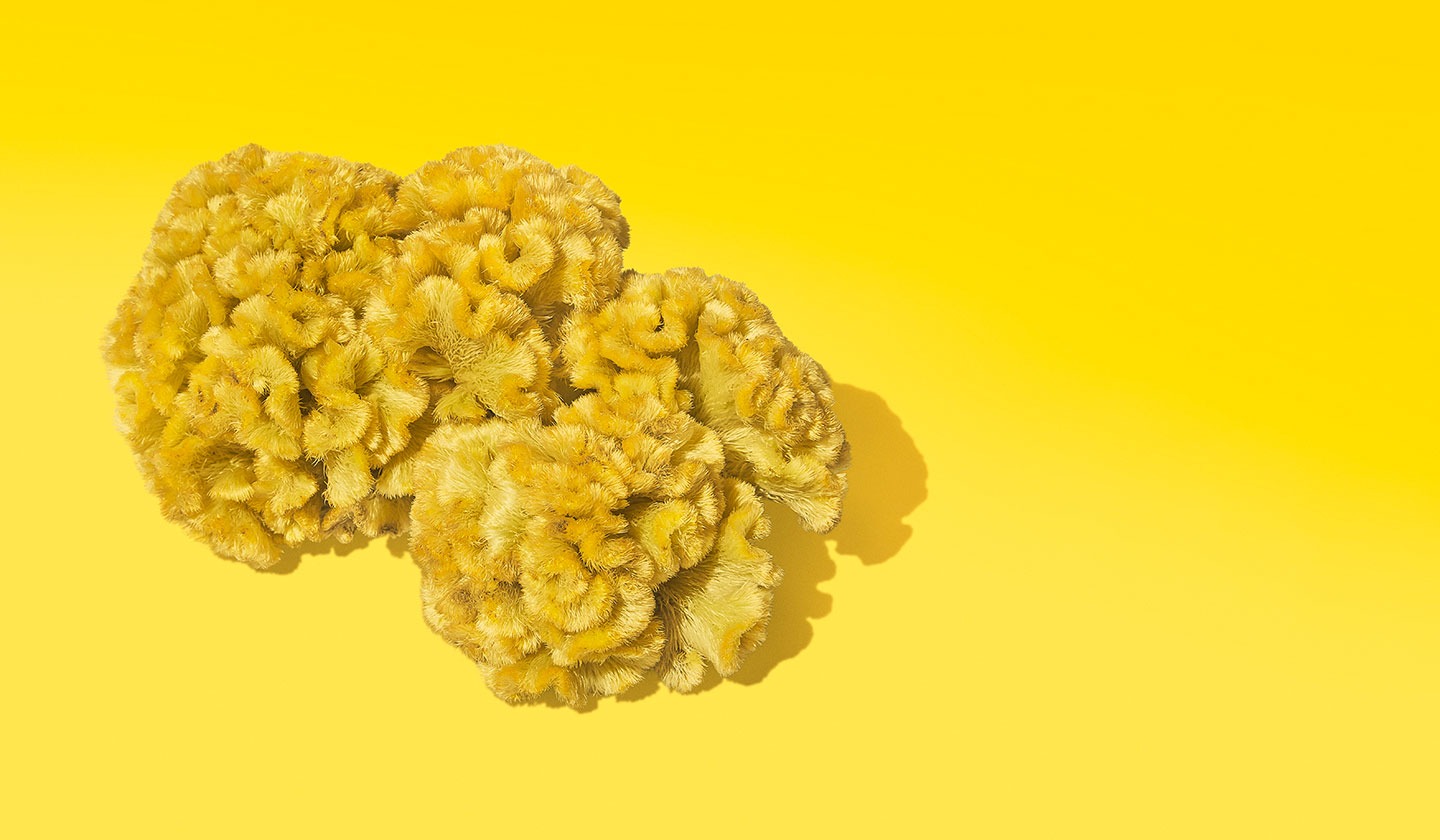Since the day our founder set out to create a clean, traceable multivitamin that vitamin skeptics would feel confident taking, we’ve made every effort to ensure that our products meet and exceed a certain scientific standard. We assembled an in-house team of scientists with decades of experience between them: a Harvard-trained physiologist, a biochemist, and a registered dietitian at the helm. We built our own Scientific Advisory Board, comprised of a network of medical doctors, nutritionists, and scientists who are all interested in the success of our mission and help us stay ahead of any breaking research. And we continue to comb thousands upon thousands of journals and studies related to nutrition, formulation, and physiology, so that we’re never anything less than confident in our products. In other words, the decisions we make for our products are obsessively backed up by evidence.
But even so, conducting clinical trials with our products has always been a goal for Ritual—namely, because it’s a standard we’ve always wanted. And that goal began with Essential for Women.

A university-backed clinical trial allowed us to quantify the impact of Essential for Women.
In other words, while we’ve always been able to demonstrate the efficacy of our product in other ways, a clinical trial provides an additional (and more specific) lens. “We believe that consumers care about how their products work,” says Nima Alamdari, PhD, our Chief Science Officer. “Putting a product through a clinical trial allows you to directly measure its physiological impact. As a science-based organization, we want to make sure our consumers are informed on all aspects of our products—from what ingredients and doses we use, to the where we source them, and now, how they work (all together) in the body.”*










